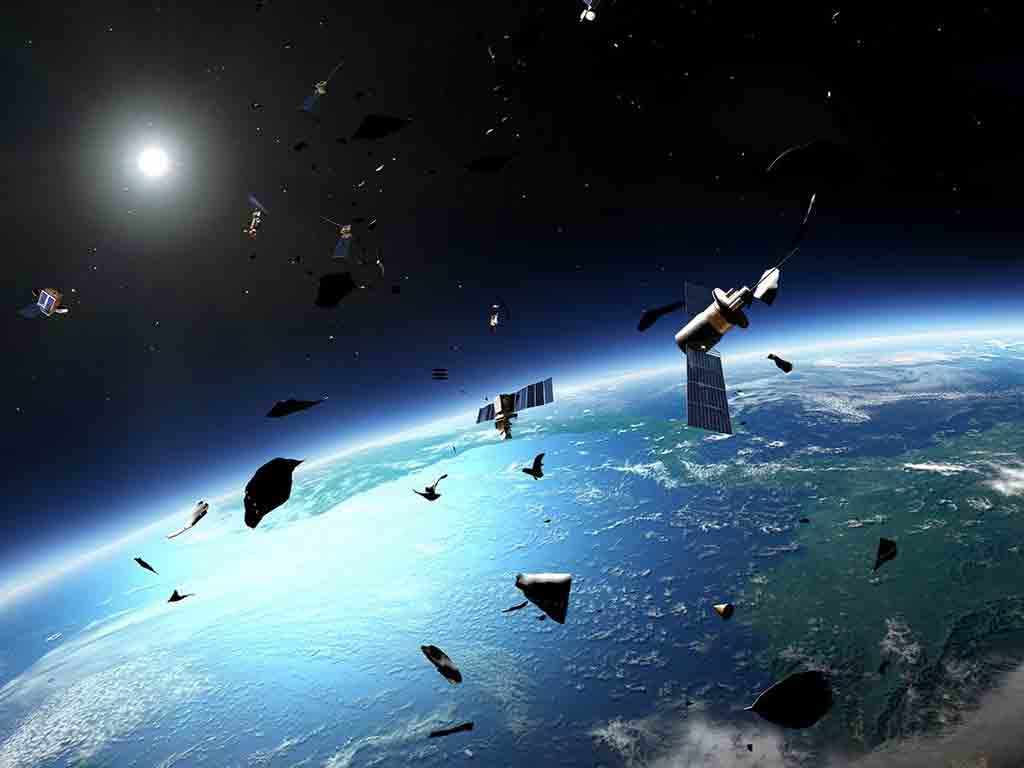
Washington, February 21.- Recent scientific data indicates that space debris accumulated by “man's passage through the atmosphere” is changing the sky today and has harmful consequences for the ozone layer and the Earth's climate.
According to the National Oceanic and Atmospheric Administration of the United States (NOAA), it is already possible to observe the traces of trafficking and the space race for profit in the stratospheric aerosol.
Troy Thornberry, a research physicist at NOAA's Chemical Sciences Laboratory, points out that in the stratosphere there is currently "a lot of material that has never been there before and that is something we are considering, as well as the large mass of material released outwards."
For its part, an article from CNN in Spanish states that, some 70 years after the launch of Sputnik, there are so many machines flying through space which could become "light pollution" that prevents the study of other galaxies with terrestrial telescopes.
“There is also space debris: about 30,000 objects larger than a softball are hurtling a few hundred kilometers above the Earth, ten times faster than a bullet,” the text adds.
According to the NOAA study, 10 percent of particles in the upper atmosphere now contain pieces of metal from rockets or satellites that fall out of orbit and burn up.
That same report predicts that human-made debris will make up 50 percent of stratospheric aerosols in the coming decades, equaling the amount created naturally by the galaxy.
Despite those alerts, there are currently more than 8,300 satellites in orbit, and predictions about how many will soon join them are increasing, according to the tracking site Orbiting Now.
Around the world, more than 300 commercial and government entities have announced plans to launch a staggering 478,000 satellites by 2030.
The US Government Accountability Office alone announced the launch of some 58,000 such devices over the next six years.
“In total, there are an estimated 100 million artificial debris the size of a pencil tip whizzing around in orbit, posing a huge risk to doing business in space,” says CNN. (Text and photo: PL)